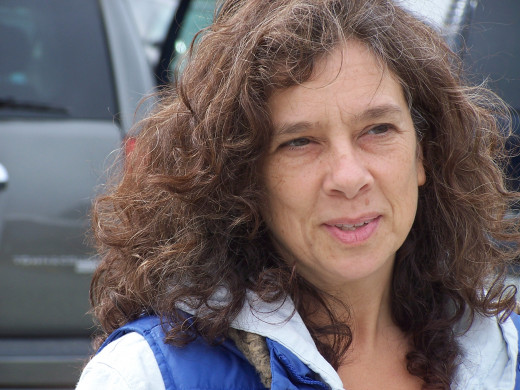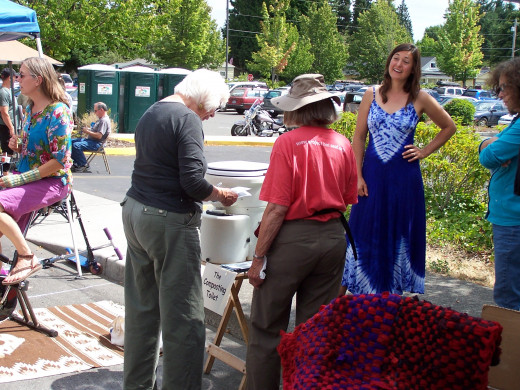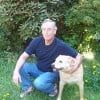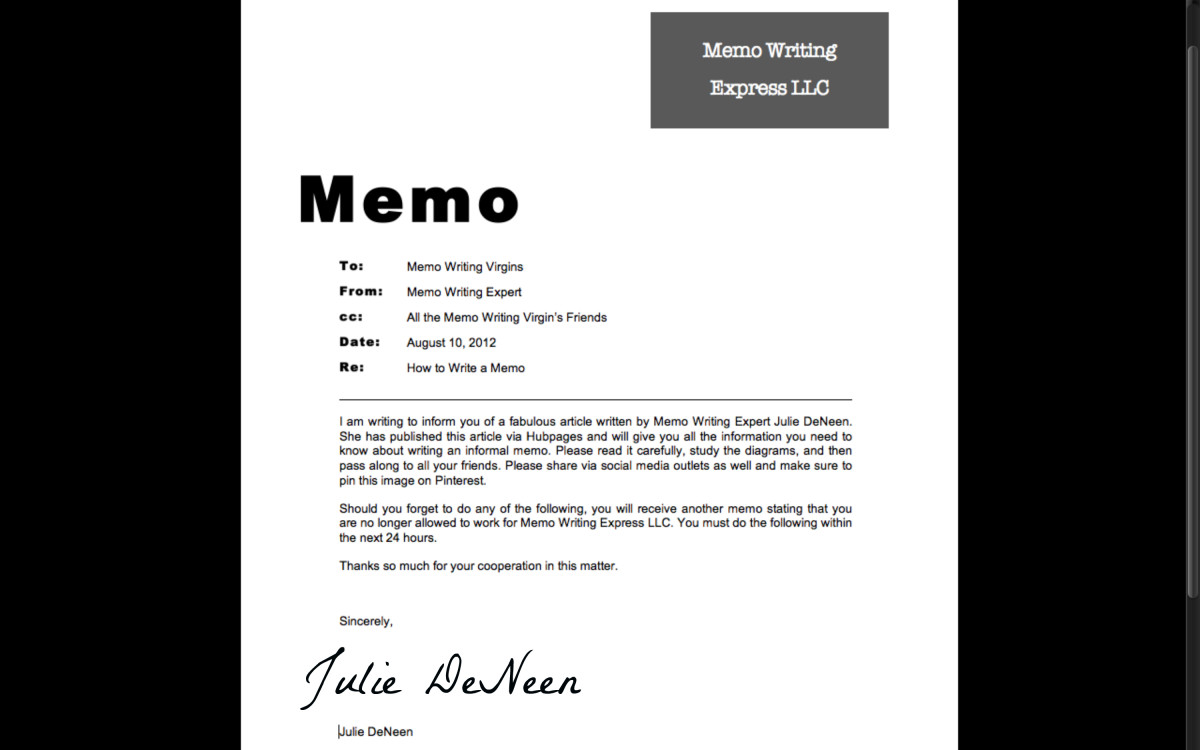The Second Stage Of Writing A Book
Hopefully You Were Paying Attention Earlier
Well, were you?
Earlier this week I posted an article titled “The First Steps In Writing A Book.” In it we discussed choosing a working title, choosing genre, choosing a point-of-view, writing a concise summary, deciding upon sparks and settling on the length of the book. Those steps we call, collectively, the foundation.
Now it is time to start framing this structure of yours, which will eventually be a finished book.
If your foundation was poured correctly it will easily support the frame, so please go back and make sure you followed my earlier suggestions. If you are satisfied that you did then we can begin our second stage.

In case you missed the first installment of this series
- The First Steps In Writing A Book
Writing a full-length novel can seem a bit overwhelming, but taking these preliminary steps will simplify the process for you.
IDENTIFY THE MAIN CHARACTER(S)
“Each man should frame life so that at some future hour fact and his dreaming meet.”
Most books are character-driven, so think long and hard about your main characters. They will have to carry the load in this book of yours, so let’s make them special.
A book of normal length usually has three main characters: a hero, a heroine, and a villain. That is, of course, a statement concerning averages. It is entirely up to you, but let me caution you against having too many MAIN characters. I have read some spy novels that have ten main characters and I have to tell you it is very hard to keep track of the action with so many people asking for my attention.
INTRODUCING OTHER CHARACTERS
There will, of course, be secondary characters. Action does not happen in a void in real life and the same should be true in your novel. Your book will need a cast of secondary characters, but remember that they each must serve a purpose. Introducing a character just for the sake of adding another warm body is confusing, distraction and annoying.
In this step give your secondary characters a name and jot down why they are in the book. You might give them some skills early on, skills that will have a bearing on the story as it unfolds.

CHARACTER DESCRIPTIONS GIVEN BY OTHER CHARACTERS
This section, and the one following it, have to do with the fleshing out of characters…giving them personality and depth. I believe it is best accomplished by describing a character through the eyes of another character (or through the third person point-of-view) and having each character describe themselves.
CHARACTER DESCRIPTIONS GIVEN BY THE CHARACTERS THEMSELVES
Doing both…having a character description given by the characters and given by others about the characters, gives considerable depth to each. Think of it in these terms: few people describe themselves the way others would describe them. Use that when you are constructing your characters.
CHARACTER OCCUPATIONS
Layers upon layers upon layers….what do your characters do for a living? What are their hobbies? What are their interests?
We are not, however, just randomly listing mundane stats about our characters. Every aspect that we mention about our characters should connect in some way to the plot and conflicts of your story. In a well-written novel, nothing is done without a reason, and the reason is cohesiveness and flow.
ENHANCEMENTS OF YOUR CHARACTERS
Okay, you have fleshed out your main characters and given them some depth. Now we are going to make them slightly larger than life for our readers. We do this by delving into their motivations and their personal conflicts. In other words, we make them very human.
What is there about your main characters that make them fascinating? What makes them unique?
And if you really want to make those characters interesting, make them flawed. Nobody likes perfect. Perfect is dull. Nobody likes a character they can’t relate to. When we read we want to see conflict within each main character. We want to know that the beautiful trophy wife has inner turmoil. We want to know that the successful investment banker struggles with something. We want to know that the perfect teenage child secretly harbors dark thoughts.
I call it the “misery loves company” syndrome, and an author would be wise to remember it.

SETTING DESCRIPTIONS
The setting, of course, allows the reader to see what the main characters see. In creating settings the writer is acting as the eyes of the reader.
There really are two types of settings; the physical description of each scene, and then the description of the overall scene. One is a very literal description; the other a bit more ethereal. Allow me to explain.
Let’s use my all-time favorite novel, “To Kill A Mockingbird,” to explain the two types of setting.
Each chapter takes place in a particular setting. One chapter might be in the Finch kitchen. One might be the streets of the town, while another might be inside the courtroom. In each scene Harper Lee describes what the main characters see….the buildings, the trees, maybe the weather or whatever else she deems important.
The other setting, the ethereal if you will, is the overall impression of the overall setting. The town is tired. The town has been beaten down by economics. There is an underlying ripple of racial tension in the town. There is hatred and there is love; there is compassion and there is bigotry; all are part of the overall setting that must be described in order for Harper Lee to perfectly enhance the story.
The good writers….dare I say the great writers….always have a purpose in writing something. They do not randomly describe features in a scene but rather only describe things in the scene that are important to the flow of the story.
Join me on my writing blog
- Artistry With Words | A topnotch WordPress.com site
A writing site, written by writers, for writers, about writing
Has this article helped you in writing your own book?
And Now You Are Almost Done with the Framing
We only have a few more nails to pound in and we’ll be all done framing the novel, but for now let’s put away the hammer and nails and concentrate on this second phase of novel-writing. Remember to take your time. A novel is a marathon, and those trained for sprint races need to learn the process before moving forward. There is a world of difference between writing short stories of 10,000 words and writing a novel of 100,000 words. I am simply trying to give you a blueprint for success that you can follow on your own personal journey.
Don’t be in a hurry! Spend weeks and even months on this planning and preparation stage before you ever start writing your book. I promise it will pay dividends and I speak from experience. The first novel I wrote, “The 12/59 Shuttle From Yesterday To Today,” was written on the fly. I did very little in the way of planning. In fact, the book started as a writing exercise to see just how weird an introduction I could write. It grew from there and it is in no way a cohesive work.
My second novel, “Resurrecting Tobias,” was written by using these guidelines, and it is much more cohesive and has infinitely more depth.
It turns out you can teach an old dog new tricks.
2014 William D. Holland (aka billybuc)
“Helping writers to spread their wings and fly.”










